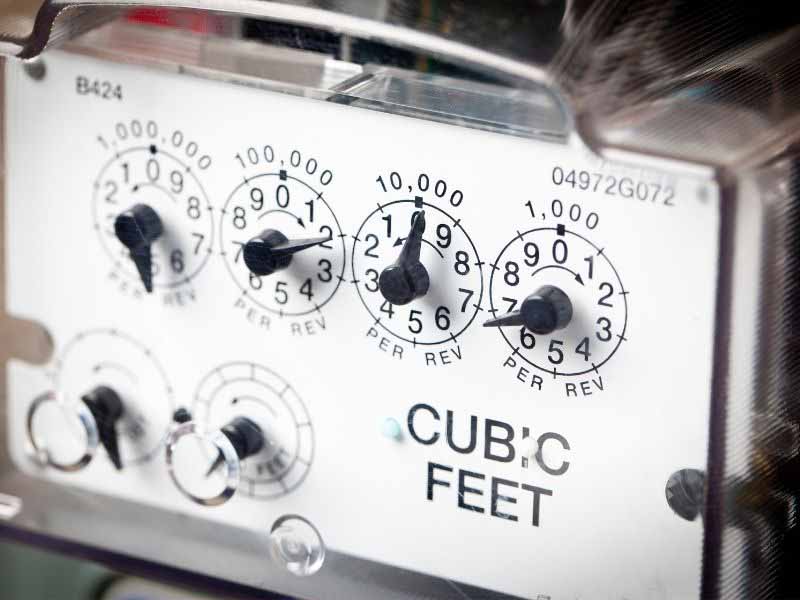A Look at What’s Ahead for Natural Gas and Electricity Prices
It’s no secret that electricity and natural gas prices are rising across the board – and have been for a while.
Electricity prices began rising shortly after winter storms in February 2021 and have been inflated ever since. In Texas, where I live, we’re still seeing increases in these prices, whether buying directly from the utility or a third-party provider.
Beginning last June, the natural gas spot price began to rise, due to growing concerns of weakened supply compared to previous years, along with predictions of a cold winter. Other factors contributing to this were increased exports of liquefied natural gas and decreased rig counts operating in the U.S. The market became extremely volatile from September until December. The delayed winter allowed prices to race back down to prices we have become accustomed to, only to be followed by a sharp rise at the end of January.
Natural gas is one of the largest components of electricity these days. We’re seeing more renewable sources of power – such as solar, wind and hydro – that are becoming more prevalent. And, in my opinion, this is one of the reasons why prices are higher across the board. These renewable sources are important, but they do come with a higher price tag.
What Lies Ahead?
At the moment, we’re still experiencing higher-than-normal prices, as well as volatility both up and down. It’s been challenging, and we’ve had to have a lot of tough conversations with clients about the best methods for attacking this problem moving forward.
Unfortunately, I think we’re stuck with higher prices for a while, probably through the end of the year. In fact, with some of current events occurring throughout the world, I don’t predict much relief in the energy markets until early next year. However, it’s important to note that the war between Russia and Ukraine hasn’t impacted natural gas as dramatically as it has affected the gasoline and crude oil markets.
I’ve had several clients reach out to me, looking to lock in a fixed price in certain less-volatile areas, versus continuing with a monthly index price, which is heavily influenced by the current market price. It’s a great idea, and it allows us to look at historical performance and compare that to what is currently being offered.
Above all, it’s important not to panic. We’ve been paying low prices since 2016, and I know that no one wants to pay more than they have to – but I’ve seen some people make mistakes when locking in an energy price strictly as a knee-jerk reaction to price increases.
Best Practices
The best advice I can offer is to review your electricity and natural gas bills monthly. Look at the amount of the commodity used and the price charged – and make certain everything looks to be in order. Look for any large discrepancies in usage or price.
Another important tip is to conduct a yearly review of your accounts. Keep a running total of amounts used and dollars spent so that you can come up with a price per kWh or price per Btu.
If you work with a supplier or consultant on buying deregulated energy, touch base with them once a year and ask questions about how your price has performed over the last year, versus utility/market prices.
It’s also important to regularly visit your utility websites to see what they’re offering their customers in terms of rebates – for replacing equipment or making your facility more energy-efficient. Most utilities’ sites feature dedicated sections or links listing what they offer to their customers. It’s important to check with those who are responsible for these programs prior to making any changes or applying for rebates – this will make it easier to receive their approval before submitting any reimbursement forms and simply hoping the changes you’ve made qualify for a rebate.
All in all, as a laundromat owner, your utility costs are one of the major costs of doing business, so it’s critical to know what they are and what they should be – especially in today’s volatile marketplace.












